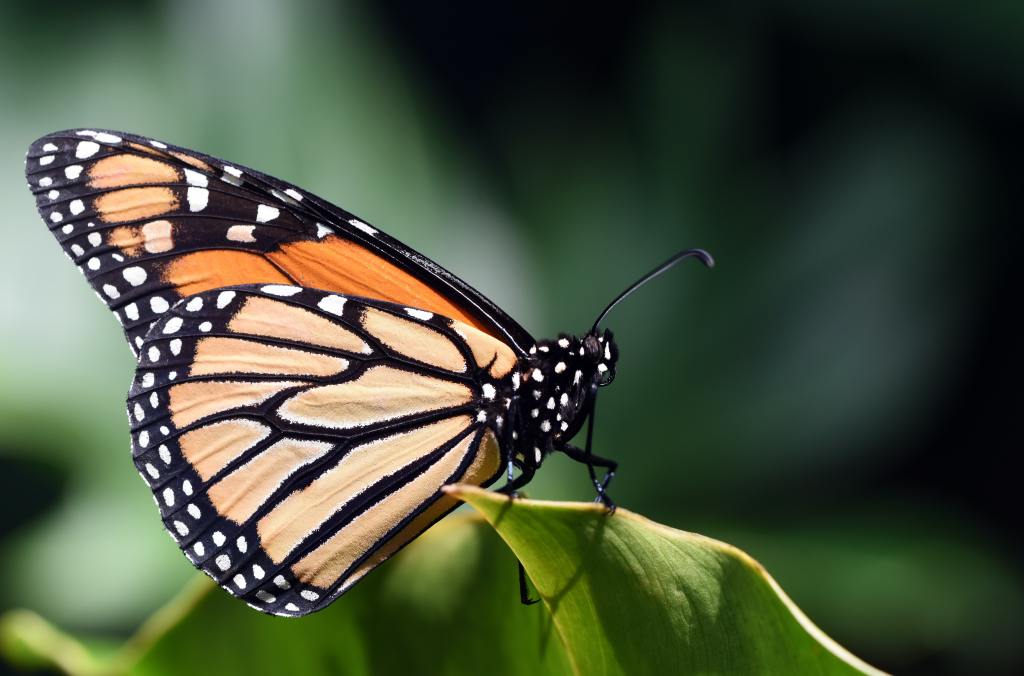Globally, there’s a butterfly crisis. In particular, the number of Monarchs in the Western United States has declined from 10 million in the 1980s to fewer than 2,000 in 2021, according to the Washington Post. That’s a 99.9 percent decline. Much of the problem has to do with climate change. In Florida, changes in rainfall patterns have affected species decline of the Miami blue. Tackling climate change may seem like an overwhelming problem, but there are steps, even simple ones, Floridians can take to foster habitats for butterflies.

Florida has more than 200 species of butterflies. But to attract these species means having the right plants for both the adult butterfly and the growing caterpillar. So, what are the key steps to establishing a butterfly garden?
What to Plant and Where
The goal isn’t to plant a few butterfly friendly plants. Planting a minimal number of plants means the butterfly will only pass through your garden. To make a make it a home for species, plant a wide array of brightly colored flowering plants of different shapes, heights, as well as lengths (This provides different habitats for different species.). A wide variety of plants also guarantees you’re providing the right nourishment for both butterflies and caterpillars, as they consume different things (such as larval host plants). You’ll want to focus on planting Florida Native plants and the Florida Wildflower Foundation has a list of those that attract butterflies, including the Black-eyed Susan, which we discussed here. To help butterflies combat changing weather patterns and oppressive heat, consider establishing some shade friendly plants as well.
Some people have fountains installed nearby to provide a constant source of water for species. One final point, which should go without saying: do not use fertilizers or pesticides on or near this garden.
